Antarctica & Patagonia Expedition - Southbound
The expedition begins in the UNESCO city of Valparaíso, sailing to rustic and charming Castro. From there, we continue to the isolated hamlet of Puerto Edén within Bernardo O’Higgins National Park, and Puerto Natales, gateway to Torres del Paine National Park which you can visit on an optional excursion. We cruise the Strait of Magellan on our way through the Beagle Channel before reaching the southernmost tip of South America. If we have favourable sea conditions, we’ll try landing at Cape Horn. After that, we’ll start our crossing of the Drake Passage towards Antarctica.
The Seventh Continent
When you arrive in Antarctica, it will be late spring. The snow is fresh from winter, icebergs look pristine, and penguin species are courting and nest-building. Over the next four days, you’ll be exploring several landing sites out of a choice of 20. We have no fixed itinerary, as wind, weather, wildlife and sea ice in this extreme environment can affect our daily programme. But rest assured, it’s all part and parcel of the adventure. You’ll enjoy joining the Expedition Team on lectures, ice-cruising, landings and possibly on optional activities like kayaking, snowshoeing or even camping.
Highlights
• Start in the colourful city of of Valparaíso
• Stop at the rustic city of Castro, isolated Puerto Edén and Puerto Natales, the hub for hikers exploring Torres del Paine National Park
• Spend four fascinating days exploring the immense, pristine icescapes of springtime Antarctica
|
Book now |
Polar Outside. From
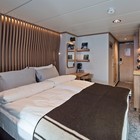
Arctic Superior. From
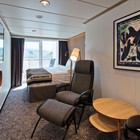
Expedition Suite. From
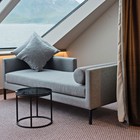
|
Book now |
Polar Outside. From

Arctic Superior. From

Expedition Suite. From

Vessel Type: Expedition
Length: 140 m
Passenger Capacity: 530
Built: 2020
MS Fridtjof Nansen is the latest addition to Hurtigruten’s fleet of custom built ships – and the next generation expedition ship. She will explore some of the most spectacular corners of the globe. Featuring Hurtigruten's revolutionary battery hybrid powered propulsion system, MS Fridtjof Nansen will be a near identical twin to her sister ship MS Roald Amundsen. Combining state of the art technology and premium on board experience with Hurtigruten’s 125 years of experience and unparalleled destinations, the two Norwegian built ships introduces the next generation of adventure travel.
Cabins and public areas
The stunning scenery will be reflected in a rich and comfortable interior design. Scandinavian materials from nature, such as granite, oak, birch and wool will be used to create relaxed and stylish cabins and public areas. All cabins are outside, 50 % will have private balconies, aft suites will feature private outdoor hot tubs with spectacular views.
Science Center
The core of the onboard experience is the Nansen Science Center, an edutainment venue to guests and crew meet to create a deeper understanding of the areas we explore. Nansen Science Center will also be the on board HQ for the Expedition Team.
Restaurants
MS Fridtjof Nansen's three restaurants will host a variety of dining options, with menus drawn from our rich Norwegian and Nordic tradition, as well as international cuisine and local inspiration. Whether enjoying your meal at Aune Main Dining, Fredheim – the informal international meeting place, or the specialty restaurant Lindstrøm, you will indulge in low key yet refined, modern Norwegian Nordic cooking – where our honest and delicious cuisine reflects our destinations.
After a day of exploring new destinations, guests can relax and rejuvenate in the elegant Explorer Lounge, a large gym and Wellness center, or enjoy the scenery and sunsets on the massive in- and outdoor Observation Decks with the aft infinity pool and hot tubs as one of the highlights.
Everything you need for an expedition cruise
Each expedition voyage is accompanied by a hand-picked team of specialists and modern-day explorers. Highly experienced, passionate and knowledgeable, the Expedition Team will be your guides and guardians on your voyage of exploration, instructing you on safety, sustainability and science. MS Fridtjof Nansen will feature a variety of custom built expedition equipment, including kayaks, a fleet of Blueye underwater drones and Expedition Boats for safe landings in remote areas.
In the footsteps of a great explorer
The newest addition to our fleet will honor the heritage of her namesake – the Norwegian explorer, scientist, humanitarian and Nobel Peace Prize laureate Fridtjof Nansen. Known for his innovations in Arctic expeditions, Nansen led the first crossing of Greenland on cross-country skis. He is perhaps most famous for his attempt to reach the geographical North Pole during the Fram Expedition (1893-1896). Interestingly, after Nansen's Fram expedition, the ship was passed on to another great explorer who secretly planned an expedition to the South Pole - Roald Amundsen.
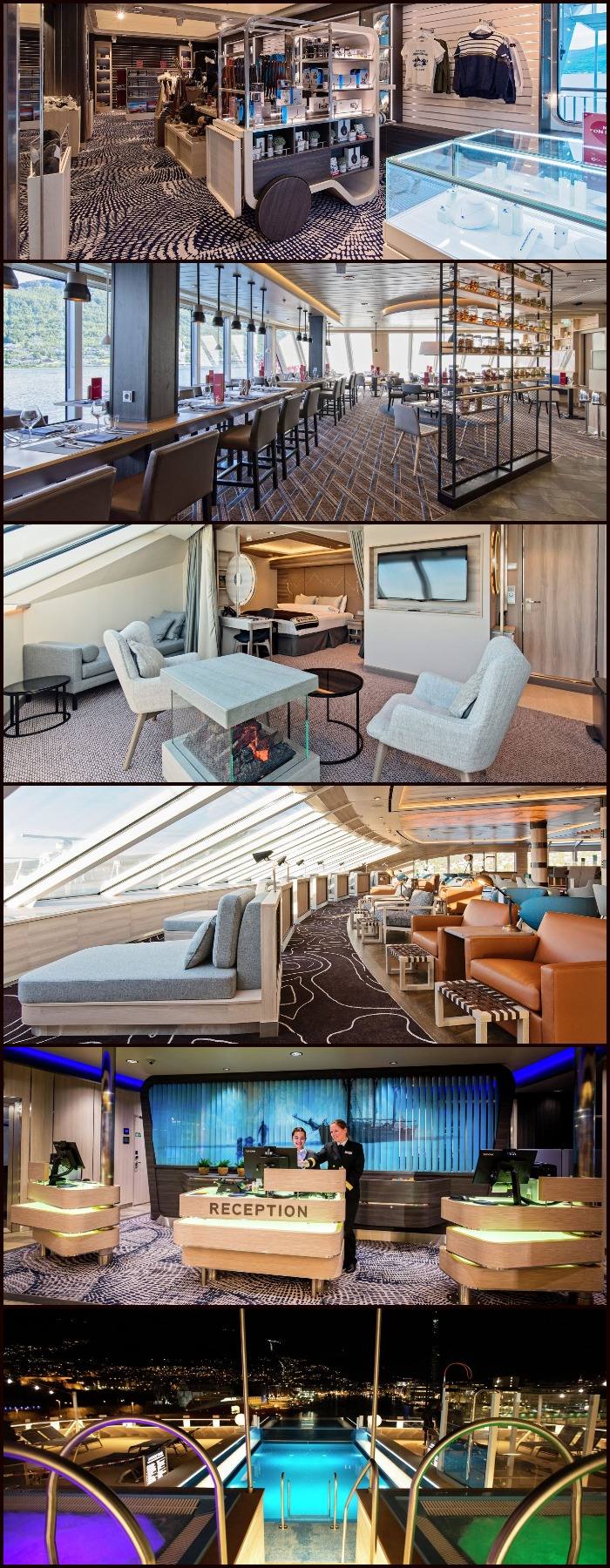
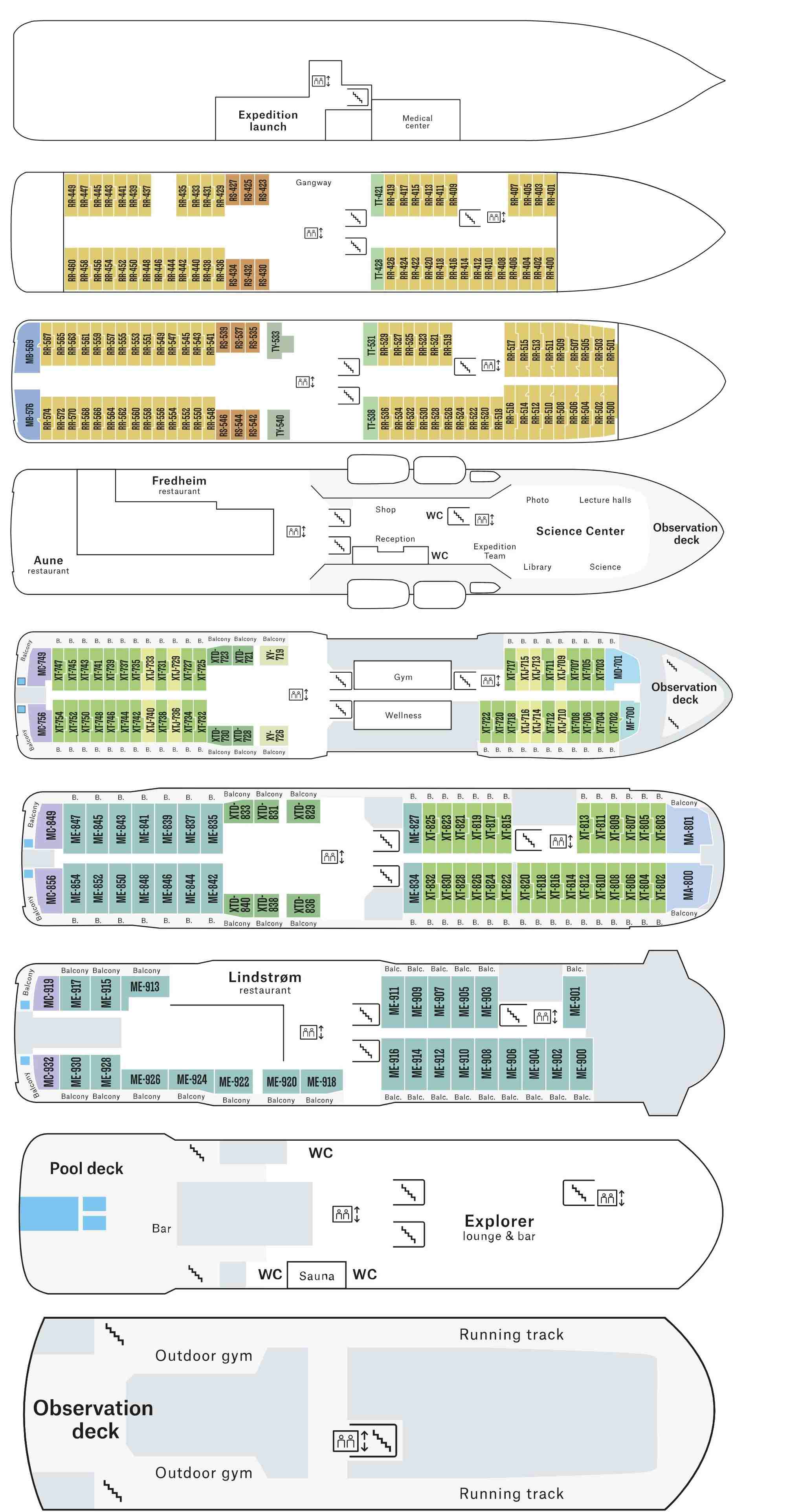
Vessel Type: Expedition Ship
Length: 140 metres
Passenger Capacity: 530
Built: 2019
In 2019, Hurtigruten adds a brand new ship to its fleet: the MS Roald Amundsen. The state of the art vessel features new and environmentally sustainable hybrid technology that will reduce fuel consumption and show the world that hybrid propulsion on large ships is possible.
MS Roald Amundsen is the first of two hybrid ships Hurtigruten will add to its fleet over the next few years, cutting emissions by sailing with electrical propulsion. Hybrid technology, combined with the advanced construction of the hull and effective use of electricity on board will reduce fuel consumption and CO2-emissions on the ships by 20 percent. The build of these two ships represents the largest single investment in the history of Hurtigruten.
The future of shipping will be silent and emission free. MS Roald Amundsen will lead the way towards an even more sustainable way of traveling. Sailing on electrical power is not only a great benefit for the environment, but it will also enhance the impact of experiencing nature for the guests. The ship will be specially constructed for voyages in polar waters and serve as a comfortable basecamp at sea – bringing adventurers from all over the world to the most spectacular destinations in the most sustainable way.
Facilities on board
One of the most eye-catching exterior design features of the ships will be the two-level indoor/outdoor Observation Deck wrapped around the top of the ships’ raked bow. In a vast area behind it, you’ll find the core of the onboard experience: Amundsen Science Center.
Packed with state of the art technology and high tech gadgets such as touch screens and science equipment, the immersive edutainment area will be the place guests and staff/crew meet, mingle and create a deeper understanding for the areas they explore. The flexible venue will feature lecture spaces, a small library, and speciality areas for workshops in photography, biology, and more. The area, featuring large windows, will also be the onboard HQ for Hurtigruten’s hand picked Expedition Team.
The stunning scenery will be reflected in a rich and comfortable interior design. Scandinavian materials from nature, such as granite, oak, birch and wool will be used to create relaxed and stylish cabins and public areas. All cabins are outside, 50 % will have private balconies, aft suites will feature private outdoor Jacuzzis with spectacular views.
MS Roald Amundsen will feature three restaurants inspired by Nordic and Norwegian heritage:
Aune Main Dining, named after the Norwegian ship chandler and polar expedition supplier Tinus Aune.
Fredheim - the ships’ informal and social meeting place – named after a 1900s hunting station on Svalbard.
Lindstrøm, a speciality restaurant named after Adolf Lindstrøm, the favorite chef of the Norwegian polar heroes.
Artwork on board
When the world’s first hybrid powered expedition ship embarks on her maiden voyage, every piece of art on board will be handpicked by HM Queen Sonja of Norway’s art foundation - the Queen Sonja Print Award. Read more about the exciting collaboration here.


Camping in Antarctica (An Amundsen Night) (657.00 AUD)
In the true style of the early explorers, we venture out at night for a once in a lifetime experience as we go camping in the Antarctic night. Although Amundsen, Scott and Nordenskjold had different equipment, they used the best gear available at the time. So do we. This activity features top of the line camping equipment that meets Antarctic standards for camping on snow. • Sleeping under the Antarctic sky with only the thin wall of your tent separating you from the elements. • Encounter the Antarctic´s natural elements up close • In the true style of the early explorers we venture out at night • Stay warm and comfortable with top-quality camping gear. Duration Late evening to early morning, max 10 hours. Difficulty Level 2: Easy. Notices: Subject to weather and ice conditions, all tents are two-person capacity. Limited space available. All participants for this activity are chosen by a lottery.
Extended hikes in Antarctica (56.00 AUD)
Join the Expedition Team on hikes handpicked by them and based on their deep and extensive knowledge of exploring the Antarctic Peninsula. Reaching the best viewpoints may involve some effort, making it all the more satisfying when you do. • Become a part of nature • Explore more of the area thoroughly • Guided by the highly experienced Expedition Team. Duration 2-5 hours. Difficulty Level :4 Hard. Only Bookable on Board.
Kayaking Adventure in Antarctica (187.00 AUD)
Enjoy the feeling of gliding through Antarctic waters in serene silence and admiring the sight of glaciers, icebergs and snow-covered mountains around you. You might even meet seals, birds, penguins and perhaps whales along the way. • Kayak tours optimal for beginners • Exploring by kayak means merging with nature in tranquility • Potential of wildlife sightings as you glide through the water without the sound of a motor • Safe experience, accompanied by very experienced guides with high standard equipment. Duration 3 hours. Difficulty Level 4: Hard. Only bookable on board.
Snowshoeing in Antarctica (93.00 AUD)
This activity is only possible when snow conditions are right, which is usually late spring or early in the Antarctic summer. Equipped with modern snowshoes, you’ll easily walk on the soft snow and reach places that are normally difficult to get to just on foot. • Explore a snowy area which are hard to reach without snowshoes • Feel the spirit of the early Antarctic explorers who persevered through great frozen expanses • Expert guidance by the Expedition Team • The thrill of snowshoeing. Duration 2 hours. Difficulty Level 3: Medium. Notices Only bookable on board. Good physical fitness is essential.
Inclusions
HX Expedition voyages include
• Voyage on board in selected cabin category
• On board lectures
• Daily expeditions and activities such as hikes, community visits, talks and more
• Full board dining, including breakfast, lunch and dinner with house wine and beer
• Wine, beer, spirits and cocktails available across the day and evening
• All-day coffee, tea & soft drinks
• Free Wi-Fi
• Gratuities
• Our interactive science programme, Science Centre and activities both on and off the ships
• Access to sauna, hot tubs, fitness room and more
• Professional photos from the onboard photographer
• Opportunities to engage with and support local communities and environmental initiatives through Hurtigruten
Foundation.
• Take home expedition jacket and reusable water bottle
• Expedition photographers on hand to assist you
Coastal Voyages include
• Full board (breakfast, lunch, and dinner) from Norway's Coastal Kitchen
• Norwegian- and English-speaking Coastal Experience Team on board
• Engaging onboard activities and lectures:
• Onboard lectures and presentations on Norway’s history, biology, geography, geology, and culture
• Introductory photo presentation, camera adjustment and tips and tricks, photo and film footage from the voyage
• A welcome event, and daily gatherings to recap the day and prepare for the day to come
• Presentations about the ports we visit
• Presentation of excursion programmes
• Point of interest presentations out on deck
• Captain’s dinner and a farewell event
• Transfer from the ship to Ushuaia airport after the expedition cruise
• Flight in economy class from Ushuaia to Buenos Aires
Exclusions
• International and domestic flights unless otherwise stated
• Passport and visa costs where applicable
• Travel insurance
• Transfers unless otherwise stated
• Optional Excursions
• Pre and Post voyage accommodation
• Beverages on board unless otherwise stated (Premium drinks (top shelf spirits, vintage wines, champagne, etc.)
• Meals while ashore
• Optional treatments in the onboard wellness and spa area
• Some specialist excursions and experiences with limited capacity
• Fine dining in our Lindstrøm restaurant
• For those who want to set sail in style for a little bit extra, our Expedition Suites offer a complimentary bottle of champagne, unlimited access to our Lindstrøm fine dining restaurant, laundry and turn-down service and more.
Notes
• All planned activities are subject to weather conditions
• Excursions and activities are subject to change
• Please make sure you meet your entry and boarding requirements
Our Associates Include
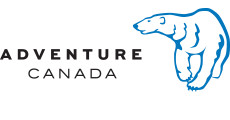

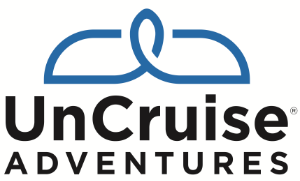



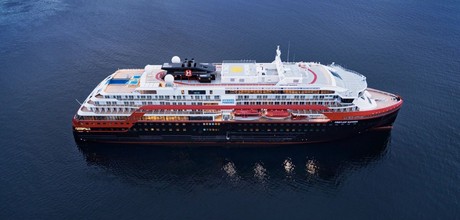
_map.png)